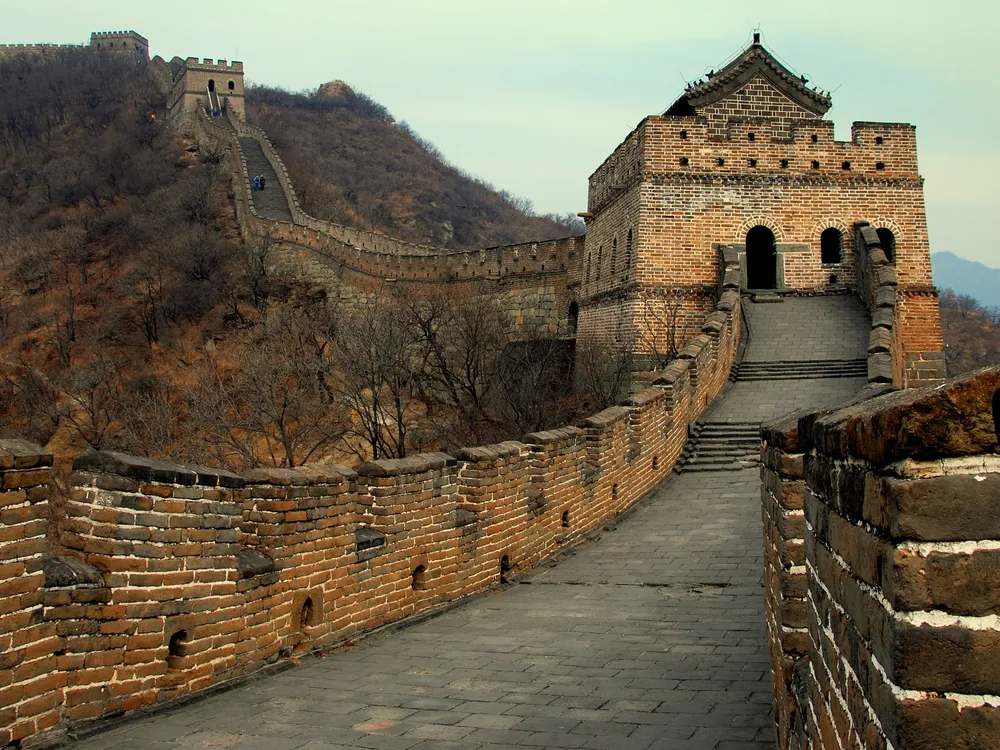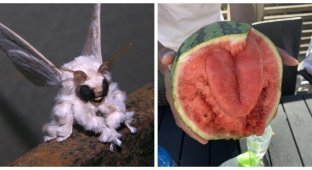Lichens save the Great Wall of China from destruction (5 photos)
The Great Wall of China is the largest architectural monument and a testament to the ingenuity and power of China's ruling dynasties. Recent research has shown that the great wall has powerful "bioprotection": mosses, lichens and other organisms that help preserve it. Thanks to them, the wall can easily stand for several more generations! 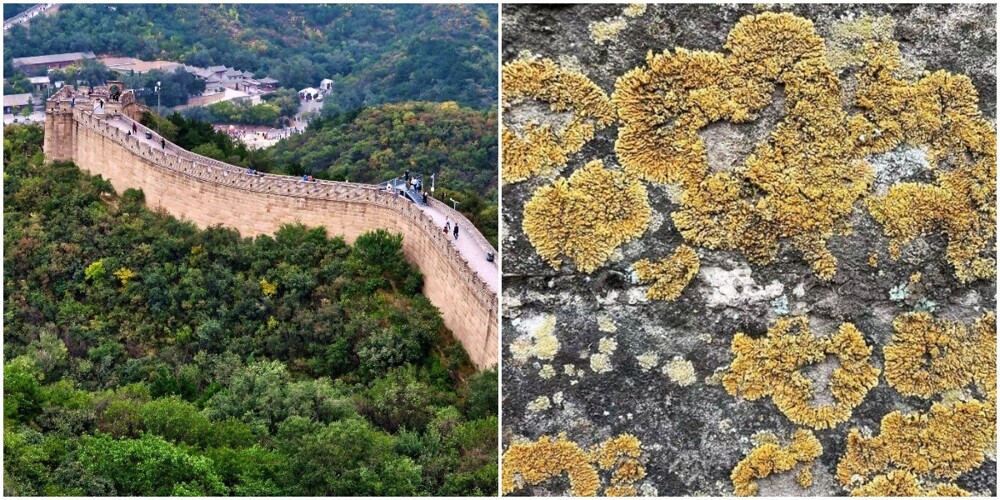
Scientists and conservationists have been working for years to preserve the integrity of the Great Wall of China for as long as possible. There is ongoing debate about how a wall is affected by its “living covering.” The fact is that most of the wall is covered with mosses, lichens, cyanobacteria and other organisms - they form layers ranging in size from several millimeters to several centimeters. Some fear that the physical and chemical processes associated with the growth of such organisms are compromising the integrity of the monument - and believe they should be removed. However, a recent study has refuted this. 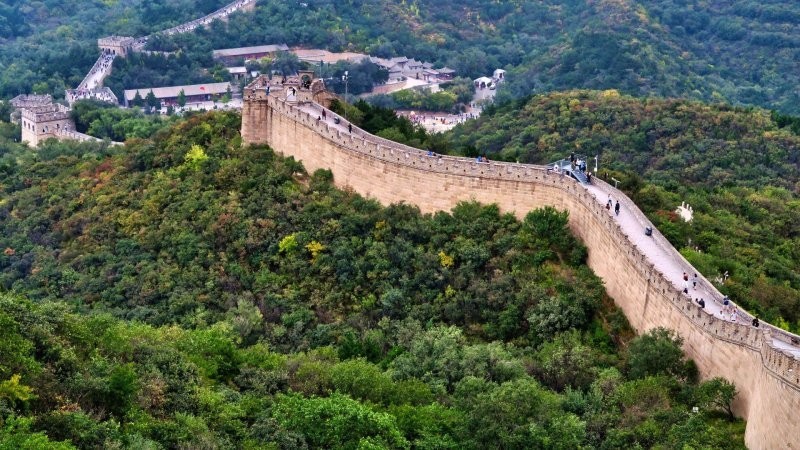
A study conducted by scientists from China, the United States and Spain showed the benefits of living material covering the Great Wall of China. In nature, biocrusts of lichens and mosses play an important role in protecting the soil from wind and rain - and for buildings they can serve as a kind of living armor. To test this, a team of scientists conducted an extensive study of a 600-kilometer section of the Great Wall, focusing on sections made of rammed earth and located in drier climates. 
Due to wind and frequent rain, many of the ancient sections of the wall, located in a dry climate, have been destroyed almost to the ground. More than two-thirds of these sites were covered with a biocrust of cyanobacteria and moss, and less commonly, lichen. The team found that areas of the wall under the biocrust were less porous and did not collapse as easily as areas without the "living cover." Scientists have concluded that the biocrust has a protective function and plays a decisive role in reducing the level of natural erosion of the wall, and also makes the material stronger and reduces porosity. 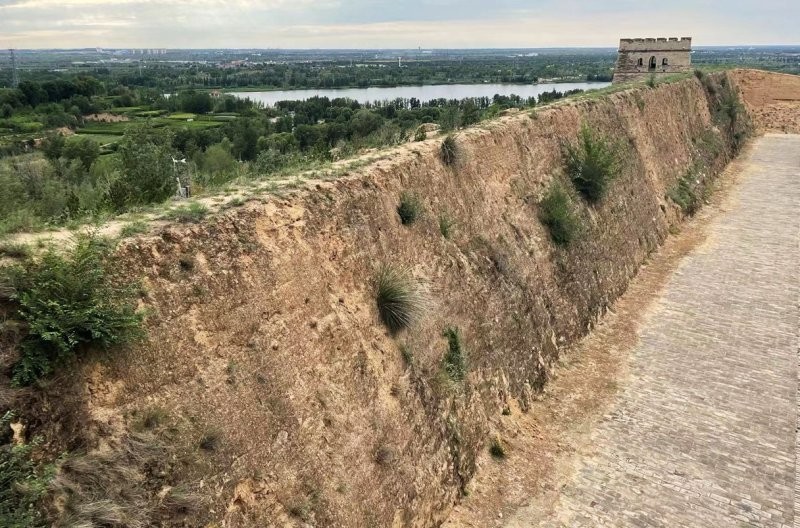
Another problem is that biocrusts themselves are in danger due to climate change and active land use. Now scientists face a new challenge - to come up with ways to stimulate the re-growth of damaged biocrusts, because they can save many important monuments. 